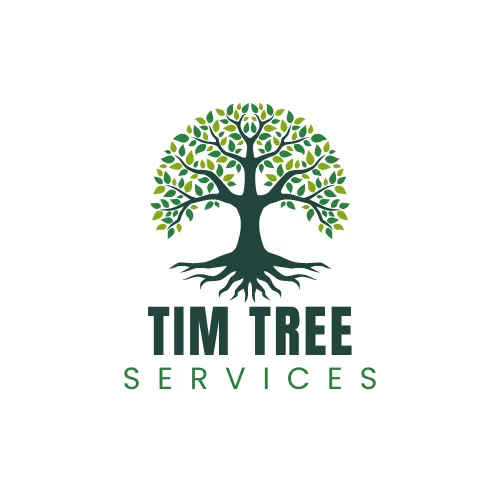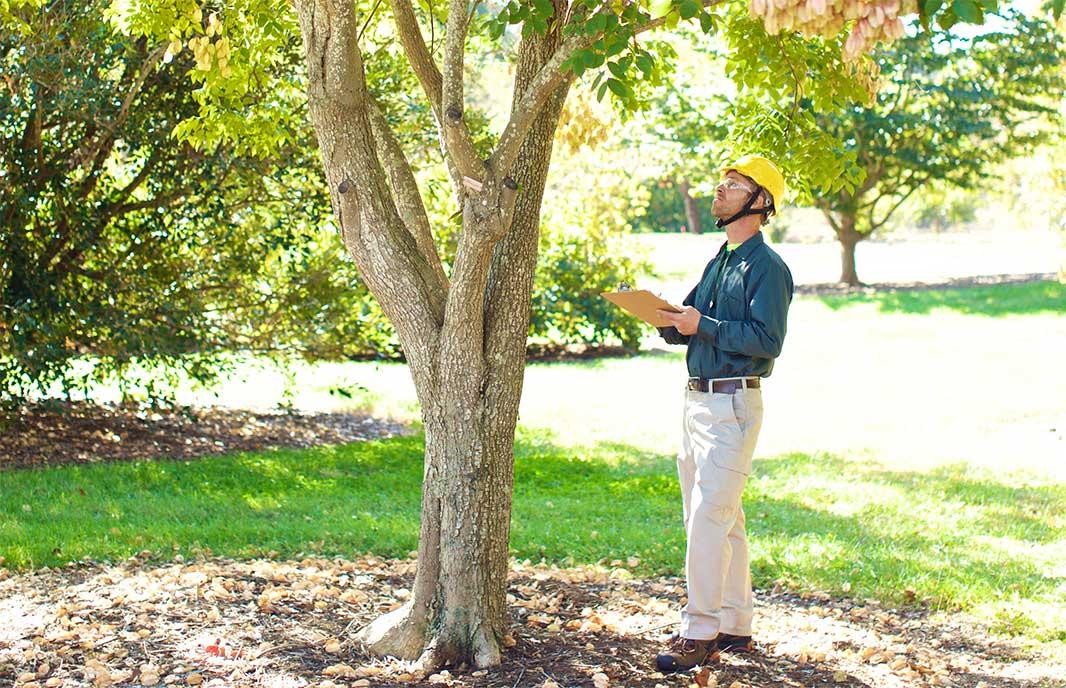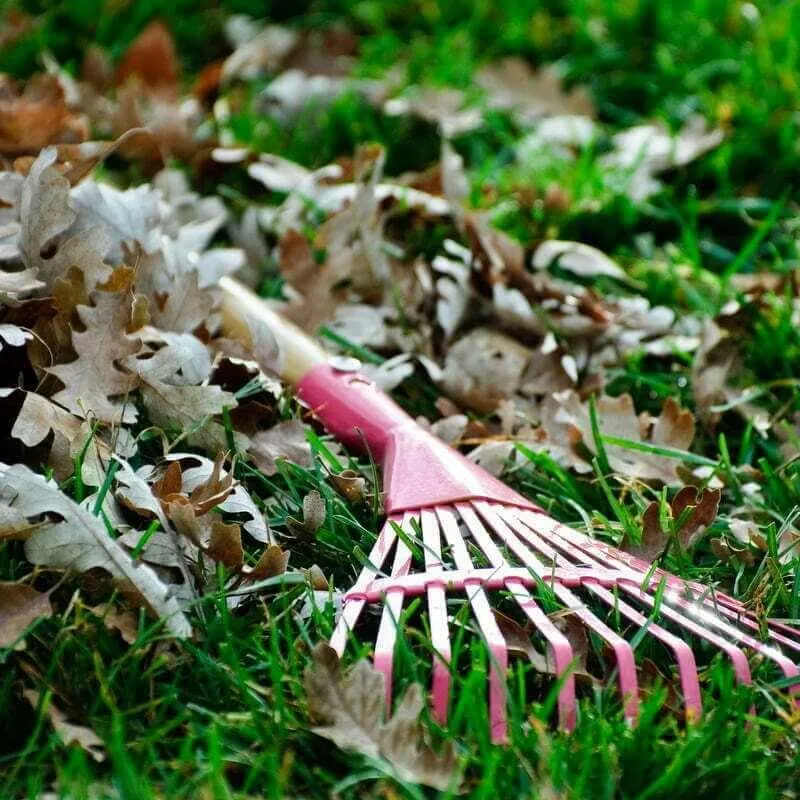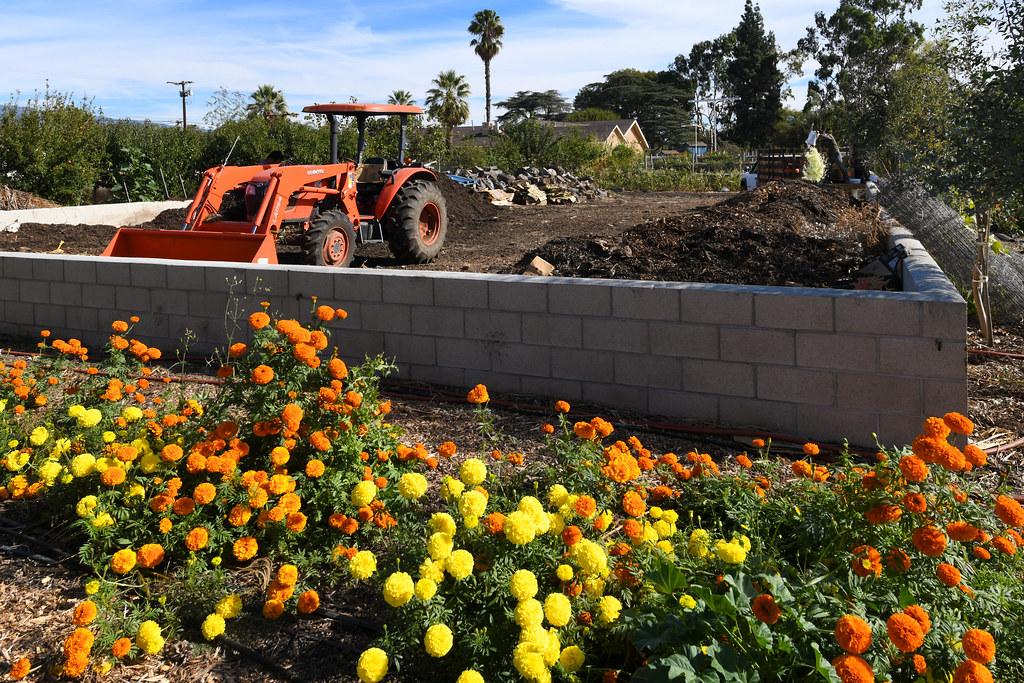




A Historical Perspective on Tree Risk Management
Throughout history, humans have coexisted with trees, recognizing their invaluable contributions to our lives while also grappling with the inherent risks they pose. From ancient civilizations to modern urban landscapes, the management of tree-related hazards has been a perennial challenge, shaped by evolving knowledge, technology, and societal values.
In ancient times, our ancestors revered trees for their sacred significance, often associating them with gods, spirits, and mythical beings. However, they were also keenly aware of the dangers posed by trees, particularly during severe weather events such as storms and hurricanes. Early civilizations developed rudimentary methods for mitigating tree-related risks, such as strategic planting, pruning, and fortifying structures to withstand falling branches or uprooted trees.
As societies advanced and urbanized, the management of tree-related hazards became increasingly sophisticated. During the Middle Ages, for example, European cities enacted regulations and ordinances governing the planting and maintenance of trees within urban areas. Trees were pruned to minimize the risk of limb failure, and measures were implemented to prevent trees from damaging buildings and infrastructure.
The advent of modern forestry and arboriculture in the 19th and 20th centuries revolutionized tree risk management practices, laying the groundwork for scientific approaches to tree care and hazard assessment. Arborists began to systematically study tree anatomy, physiology, and biomechanics, developing techniques for assessing tree health and structural stability. Arboricultural organizations and standards were established to promote best practices in tree care and risk management.
In recent decades, advancements in technology have further transformed tree risk management, enabling arborists to conduct more precise and comprehensive assessments of tree health and stability. Innovations such as sonic tomography, aerial imaging, and computer modeling have enhanced our ability to detect hidden defects, predict potential failure points, and develop targeted mitigation strategies.
Today, tree risk management is an integral component of urban forestry and landscape management programs worldwide. Municipalities, property owners, and arboricultural professionals collaborate to identify and address tree-related hazards, balancing the benefits of trees with the need to mitigate risks to public safety and property. Comprehensive tree inventories, risk assessments, and management plans are essential tools for prioritizing maintenance and mitigation efforts, ensuring that resources are allocated effectively to address the most pressing concerns.
Looking to the future, the challenges of tree risk management are likely to evolve in response to climate change, urbanization, and emerging technologies. Rising temperatures, extreme weather events, and shifting environmental conditions may exacerbate tree-related hazards, necessitating adaptive strategies and innovative solutions. By drawing on lessons from history and embracing interdisciplinary approaches to tree care and risk management, we can navigate the complexities of our arboreal landscapes and cultivate safer, healthier, and more resilient communities for generations to come.

Other Articles

Urban Tree Management
In the bustling heart of our cities, amidst the towering skyscrapers and bustling streets, urban trees stand as silent sentinels, providing shade, beauty, and countless benefits to residents and visitors alike. However, managing trees in urban environments presents unique challenges and opportunities, requiring careful planning, expertise, and community engagement to ensure their health, vitality, and longevity.

Seasonal Tree Care Guide
Just like any other living organism, trees have unique needs that vary with the seasons. From budding spring to frosty winter, each season presents opportunities and challenges for tree care and maintenance. By understanding and addressing these seasonal fluctuations, you can ensure the health, vitality, and beauty of your trees year-round.

Tree Cutting Techniques and Safety
Tree cutting is both an art and a science, requiring precision, skill, and a thorough understanding of tree biology and mechanics. Whether you're pruning branches for maintenance or felling a tree for removal, employing proper techniques and prioritizing safety is paramount to a successful and incident-free operation. Let's explore some essential tree cutting techniques and safety practices that every arborist should master

Other articles
Come discover a whole new world of trees and how best to manage them.
Testimonials
"I recently hired Tim's Tree Services to take care of some overgrown trees in my backyard, and I couldn't be more pleased with the results. From the initial consultation to the final cleanup, their team displayed professionalism, expertise, and a genuine commitment to excellence. They carefully assessed the situation, provided clear recommendations, and executed the job with precision and care. Not only did they transform my backyard into a safer and more beautiful space, but they also went above and beyond to ensure that the surrounding environment was left undisturbed. I highly recommend Tim's Tree Services to anyone in need of top-notch tree services. Thank you for a job well done!"
"I cannot praise Tim's Tree Services enough for their exceptional tree service! From the initial consultation to the final cleanup, every step of the process was handled with professionalism and expertise. Their team not only expertly pruned the trees on my property but also provided valuable advice on how to maintain their health and beauty in the long term. The care and precision they demonstrated were truly impressive, and the results speak for themselves – my trees look healthier and more vibrant than ever before. I highly recommend them to anyone in need of top-notch tree care services. Thank you for a job well done!"
A Historical Perspective on Tree Risk Management

Throughout history, humans have coexisted with trees, recognizing their invaluable contributions to our lives while also grappling with the inherent risks they pose. From ancient civilizations to modern urban landscapes, the management of tree-related hazards has been a perennial challenge, shaped by evolving knowledge, technology, and societal values.
In ancient times, our ancestors revered trees for their sacred significance, often associating them with gods, spirits, and mythical beings. However, they were also keenly aware of the dangers posed by trees, particularly during severe weather events such as storms and hurricanes. Early civilizations developed rudimentary methods for mitigating tree-related risks, such as strategic planting, pruning, and fortifying structures to withstand falling branches or uprooted trees.
As societies advanced and urbanized, the management of tree-related hazards became increasingly sophisticated. During the Middle Ages, for example, European cities enacted regulations and ordinances governing the planting and maintenance of trees within urban areas. Trees were pruned to minimize the risk of limb failure, and measures were implemented to prevent trees from damaging buildings and infrastructure.
The advent of modern forestry and arboriculture in the 19th and 20th centuries revolutionized tree risk management practices, laying the groundwork for scientific approaches to tree care and hazard assessment. Arborists began to systematically study tree anatomy, physiology, and biomechanics, developing techniques for assessing tree health and structural stability. Arboricultural organizations and standards were established to promote best practices in tree care and risk management.
In recent decades, advancements in technology have further transformed tree risk management, enabling arborists to conduct more precise and comprehensive assessments of tree health and stability. Innovations such as sonic tomography, aerial imaging, and computer modeling have enhanced our ability to detect hidden defects, predict potential failure points, and develop targeted mitigation strategies.
Today, tree risk management is an integral component of urban forestry and landscape management programs worldwide. Municipalities, property owners, and arboricultural professionals collaborate to identify and address tree-related hazards, balancing the benefits of trees with the need to mitigate risks to public safety and property. Comprehensive tree inventories, risk assessments, and management plans are essential tools for prioritizing maintenance and mitigation efforts, ensuring that resources are allocated effectively to address the most pressing concerns.
Looking to the future, the challenges of tree risk management are likely to evolve in response to climate change, urbanization, and emerging technologies. Rising temperatures, extreme weather events, and shifting environmental conditions may exacerbate tree-related hazards, necessitating adaptive strategies and innovative solutions. By drawing on lessons from history and embracing interdisciplinary approaches to tree care and risk management, we can navigate the complexities of our arboreal landscapes and cultivate safer, healthier, and more resilient communities for generations to come.
Other Articles

Urban Tree Management
In the bustling heart of our cities, amidst the towering skyscrapers and bustling streets, urban trees stand as silent sentinels, providing shade, beauty, and countless benefits to residents and visitors alike. However, managing trees in urban environments presents unique challenges and opportunities, requiring careful planning, expertise, and community engagement to ensure their health, vitality, and longevity.

Seasonal Tree Care Guide
Just like any other living organism, trees have unique needs that vary with the seasons. From budding spring to frosty winter, each season presents opportunities and challenges for tree care and maintenance. By understanding and addressing these seasonal fluctuations, you can ensure the health, vitality, and beauty of your trees year-round.

Tree Cutting Techniques and Safety
Tree cutting is both an art and a science, requiring precision, skill, and a thorough understanding of tree biology and mechanics. Whether you're pruning branches for maintenance or felling a tree for removal, employing proper techniques and prioritizing safety is paramount to a successful and incident-free operation. Let's explore some essential tree cutting techniques and safety practices that every arborist should master

Other articles
Come discover a whole new world of trees and how best to manage them.
Testimonials
"I recently hired Tim's Tree Services to take care of some overgrown trees in my backyard, and I couldn't be more pleased with the results. From the initial consultation to the final cleanup, their team displayed professionalism, expertise, and a genuine commitment to excellence. They carefully assessed the situation, provided clear recommendations, and executed the job with precision and care. Not only did they transform my backyard into a safer and more beautiful space, but they also went above and beyond to ensure that the surrounding environment was left undisturbed. I highly recommend Tim's Tree Services to anyone in need of top-notch tree services. Thank you for a job well done!"
"I cannot praise Tim's Tree Services enough for their exceptional tree service! From the initial consultation to the final cleanup, every step of the process was handled with professionalism and expertise. Their team not only expertly pruned the trees on my property but also provided valuable advice on how to maintain their health and beauty in the long term. The care and precision they demonstrated were truly impressive, and the results speak for themselves – my trees look healthier and more vibrant than ever before. I highly recommend them to anyone in need of top-notch tree care services. Thank you for a job well done!"
Contact Us
Service Hours
Social Media
07401097996
Monday - Friday: 9:00 AM - 5:00 PM
Saturday: 10:00 AM - 2:00 PM
Sunday: Closed



Copyright Tim Tree Services 2024

Powered By: Randleads